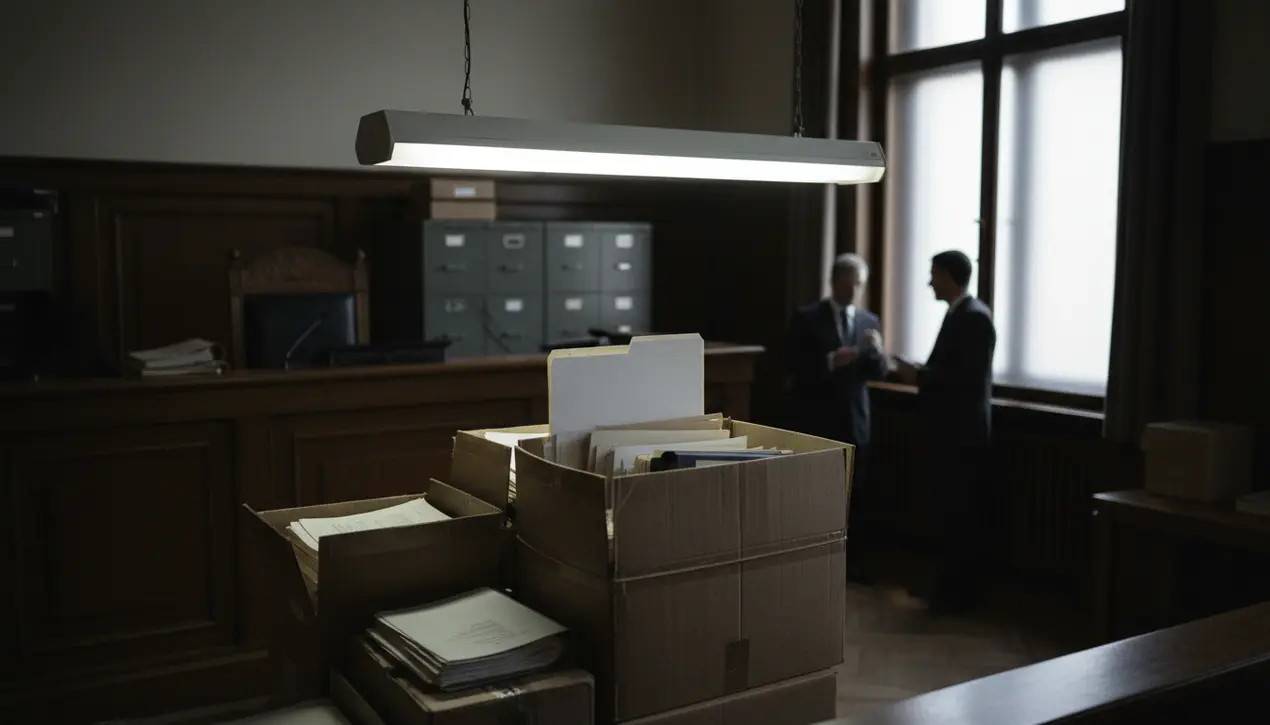
Politicscourts & investigationsLegal Precedents
New lawsuit details link Saudi officials to 9/11 plot.
RO
Robert Hayes
1 day ago7 min read4 comments
For over two decades, the specter of Saudi Arabia's alleged involvement in the September 11th attacks has loomed over U. S.-Saudi relations, a persistent geopolitical wound that a sprawling federal lawsuit is now methodically reopening with startling new evidentiary claims. The legal battle, the largest and longest-active case in the federal court system, represents a monumental test of the 2016 Justice Against Sponsors of Terrorism Act (JASTA), marking the first time a foreign sovereign has been sued under this statute for the attacks that claimed 2,977 lives.The core of the plaintiffs' case, representing some 10,000 families and insurers in what has been termed a trillion-dollar lawsuit, hinges on the activities of two Saudi officials: Omar al Bayoumi, an accountant on the Saudi payroll in San Diego, and Al Fahad Thumairy, an imam at a Los Angeles mosque. Both men are documented to have assisted hijackers Nawaf al Hazmi and Khalid al Mihdhar upon their arrival in Southern California in early 2000, with Bayoumi notably receiving a raise from the Saudi government during this period of aid.The case took a decisive turn in August when U. S.District Judge George B. Daniels ruled that sufficient evidence exists to infer the kingdom employed these two operatives to 'assist the hijackers,' a finding the Saudis vehemently dispute and are appealing.The legal proceedings have unearthed chilling artifacts, including a sketch of an aircraft and a mathematical formula found in Bayoumi's possession—seized by British police just ten days after the attacks—which allegedly could have been used to calculate a plane's altitude and distance from the horizon, with a specific calculation of 52-8=44 interpreted as potentially guiding a hijacker to a point 44 miles from the World Trade Center. Further compounding the gravity of these allegations is a 'casing' video from June 1999, in which Bayoumi, during a trip to Washington, D.C. , meticulously filmed the U.S. Capitol, narrating for his 'esteemed brothers' and referring to 'the demons of the White House,' a remark Judge Daniels noted was not typical tourist commentary.This evidentiary trail, suppressed or overlooked for years, starkly contrasts with the kingdom's long-standing denials, most recently articulated by Crown Prince Mohammed bin Salman during a White House visit where he expressed empathy but tacitly denied government involvement, instead attributing the use of Saudi nationals to Osama bin Laden's strategic objective to 'destroy the American-Saudi relationship. ' The political dimension adds another layer of complexity, with President Trump's robust defense of MBS echoing a consistent pattern across multiple U.S. administrations of downplaying the Saudi connection, despite 15 of the 19 hijackers being Saudi nationals. This enduring diplomatic shield now faces its most formidable challenge not in the court of public opinion, but in a federal courtroom where documents, depositions, and a judge's sober analysis are piecing together a narrative that, if proven, could irrevocably alter the strategic architecture of a key Middle Eastern alliance and redefine accountability for state-sponsored terrorism in the 21st century.
#9/11 lawsuit
#Saudi Arabia
#terrorism
#Mohammed bin Salman
#evidence
#featured
Stay Informed. Act Smarter.
Get weekly highlights, major headlines, and expert insights — then put your knowledge to work in our live prediction markets.
Comments
Loading comments...
© 2025 Outpoll Service LTD. All rights reserved.